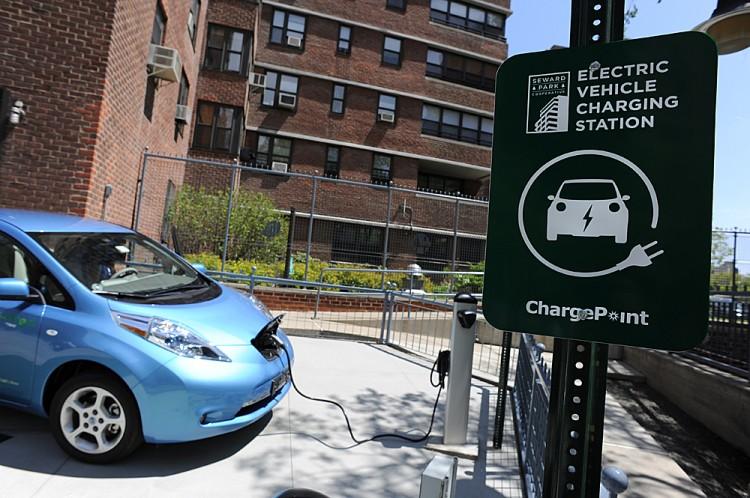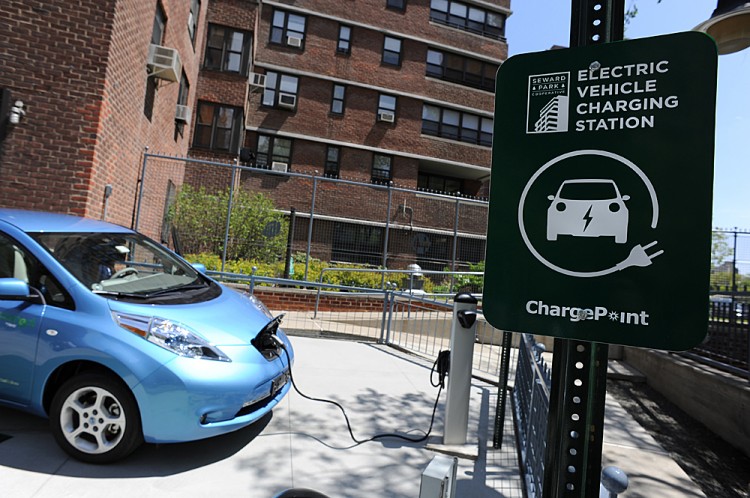The most recent discussions about electrically charged and hybrid powered cars appear to suggest that consumers more often than not opt for the hybrid car, given the scarcity of electric vehicle (EV) charging stations.
There is disagreement among the various fuel efficiency experts concerning the number of EV charging stations in the United States. An article on the EVs Rock/EVs Roll website suggests that there were 6,300 EV stations by March.
The U.S. Department of Energy (DOE) publishes that there are 4,364 public EV stations throughout America and provides a color-coded map of EV charging stations. According to the DOE, there are a total of 12,761 public and privately owned EV stations, with 3,038 in California and 1,061 in Texas. These numbers do not include residential EV charging stations.
The majority of electrically powered cars are driven in California and charged at the owner’s home. “California was the first state to have 10,000 hybrid cars, 10,000 light electric vehicles, and now 10,000 electric cars,” according to an August article on the Clean Fleet Report website.
The report predicts that there will be 50,000 electrically powered cars on California roads, serviced by 10,000 electric car charging stations within two years.
Californian’s are ahead of the rest of the nation, with employers providing electric charging stations for their employees.






